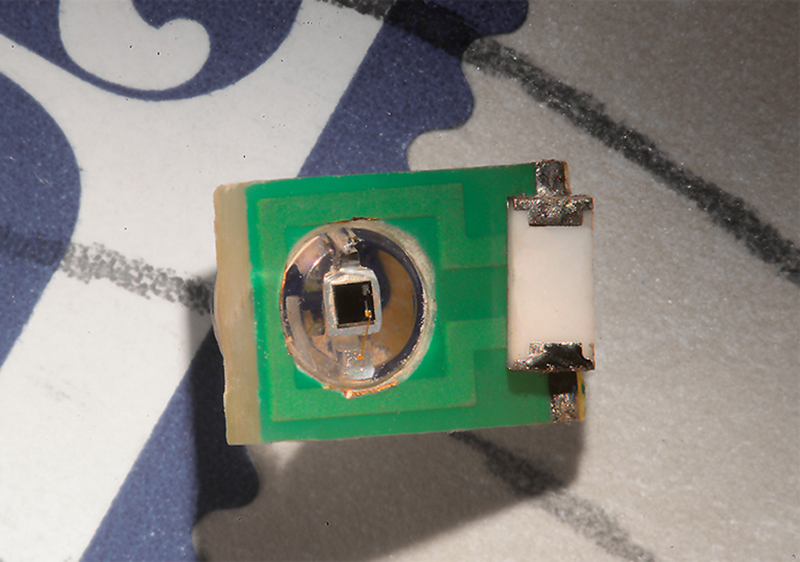To study brain functions, researchers commonly rely on monitoring two types of electromagnetism – electric fields and light. However, most methods for measuring these phenomena in the brain are very invasive.
Now, researchers at MIT have designed a new technique to detect either electrical activity or optical signals in the brain using a minimally invasive sensor for magnetic resonance imaging (MRI).
Read more Draper Develops Wireless Brain Implant that Can Make a Big Impact on Treatment of Diseases
Precise measurement of the electric fields can be a way to find out the activity of the brain, while detecting the presence of fluorescent molecules can be a tool to help discover how to manipulate the brain for therapeutic and scientific purposes.
“MRI offers a way to sense things from the outside of the body in a minimally invasive fashion,” says Aviad Hai, an MIT postdoc and the lead author of the study. “It does not require a wired connection into the brain. We can implant the sensor and just leave it there.”
To create a sensor that could detect electromagnetic fields with spatial precision, the researchers used an electronic device, specifically, a tiny radio antenna, reports MIT.
MRI works by detecting radio waves emitted by the nuclei of hydrogen atoms in water. These signals are usually detected by a large radio antenna within an MRI scanner.
For their study, the researchers shrank the radio antenna down to just a few millimeters in size so that it could be implanted directly into the brain to receive the radio waves generated by water in the brain tissue.
To make it work, the sensor is initially tuned to the same frequency as the radio waves emitted by the hydrogen atoms. The sensors tuning changes when it picks up an electromagnetic signal from the tissue, and the sensor no longer matches the frequency of the hydrogen atoms. When this occurs, an external MRI machine scanning the sensor delivers a weaker image.
One major advantage of this sensor is that it doesn’t need additional power to run; the radio signals emitted from the external MRI scanner are enough to power the sensor.
The researchers demonstrated that the sensors can pick up electrical signals similar to those produced by action potentials (the electrical impulses fired by single neurons), or local field potentials (the sum of electrical currents produced by a group of neurons).
Read more This Wearable Brain Scanner Can Record Your Brain Activity While You’re Moving
“We showed that these devices are sensitive to biological-scale potentials, on the order of millivolts, which are comparable to what biological tissue generates, especially in the brain,” said senior author Alan Jasanoff, an MIT professor of biological engineering, brain and cognitive sciences, and nuclear science and engineering, and an associate member of MIT’s McGovern Institute for Brain Research.
The research was published in the journal Nature Biomedical Engineering.













